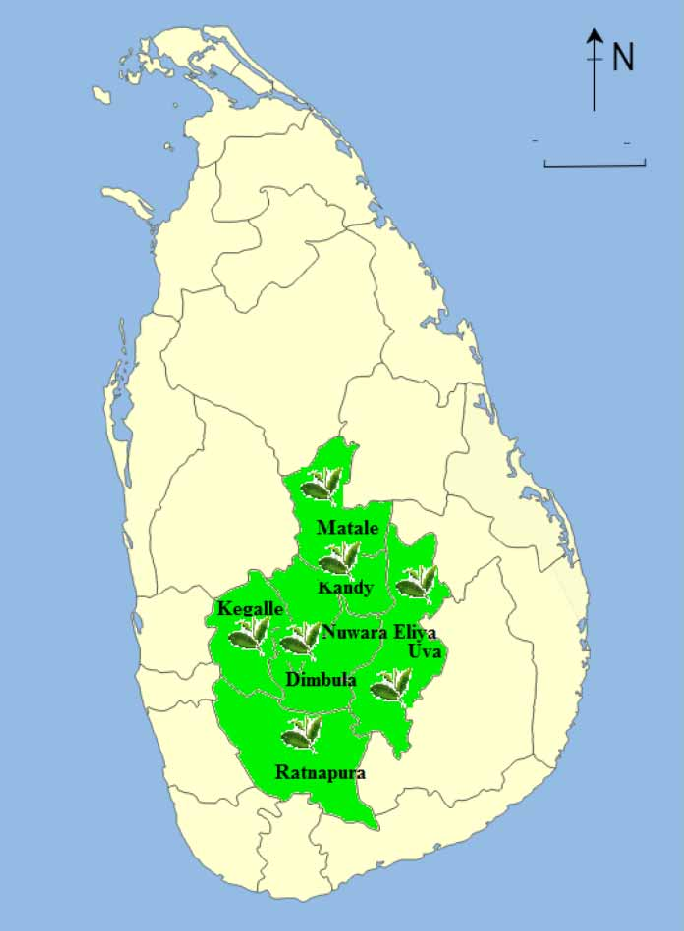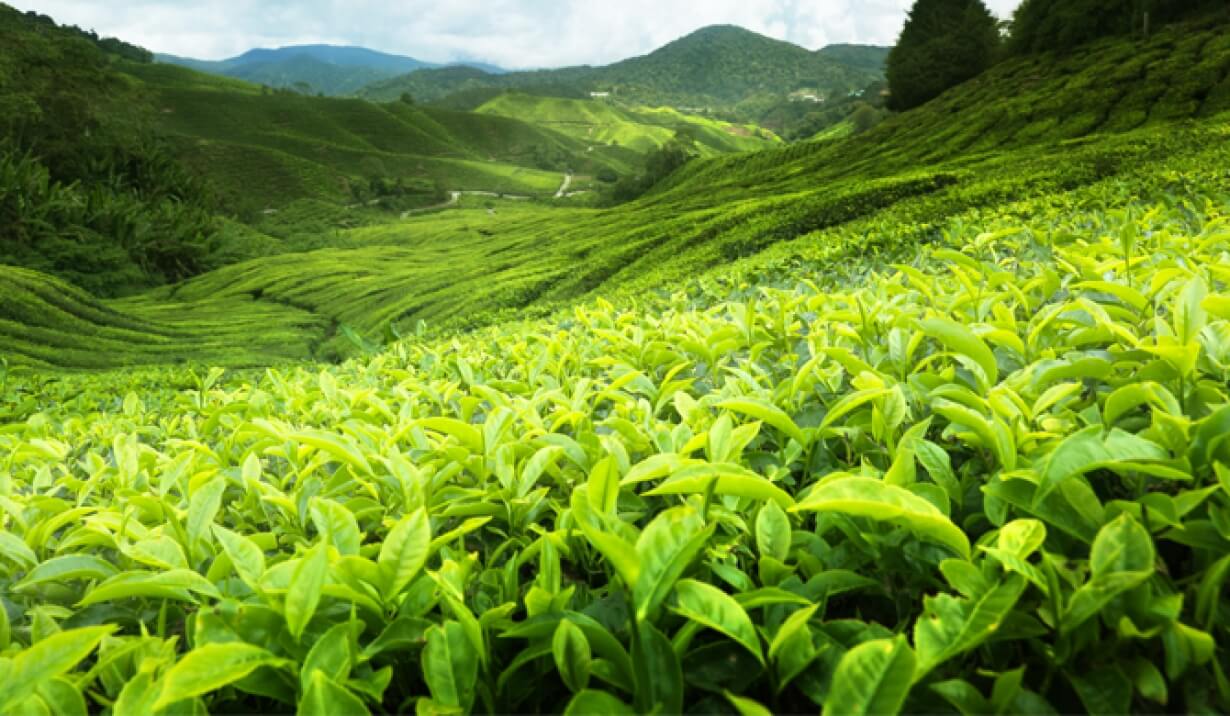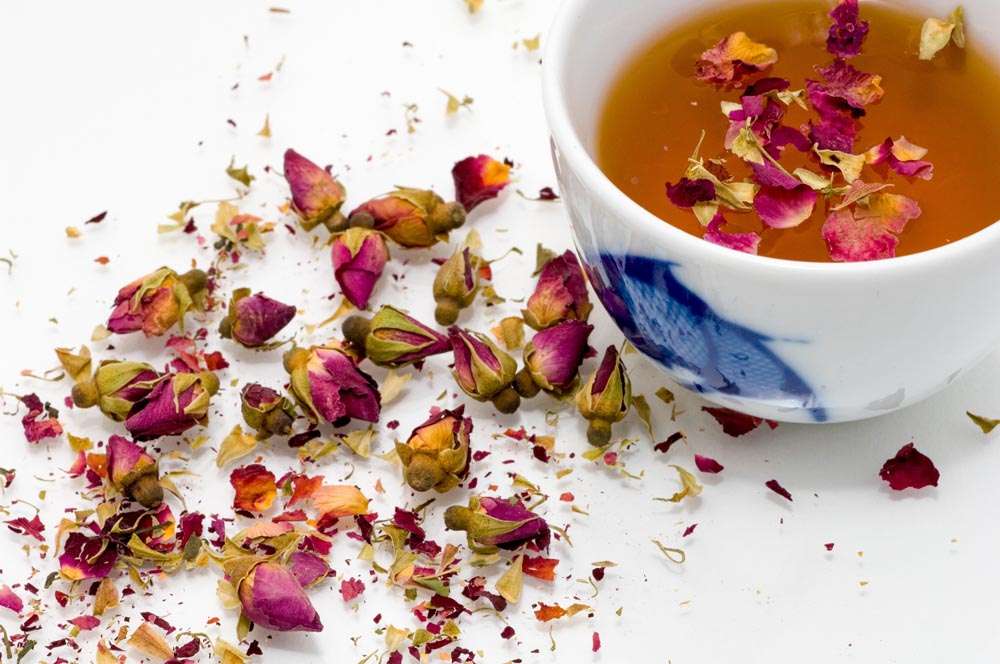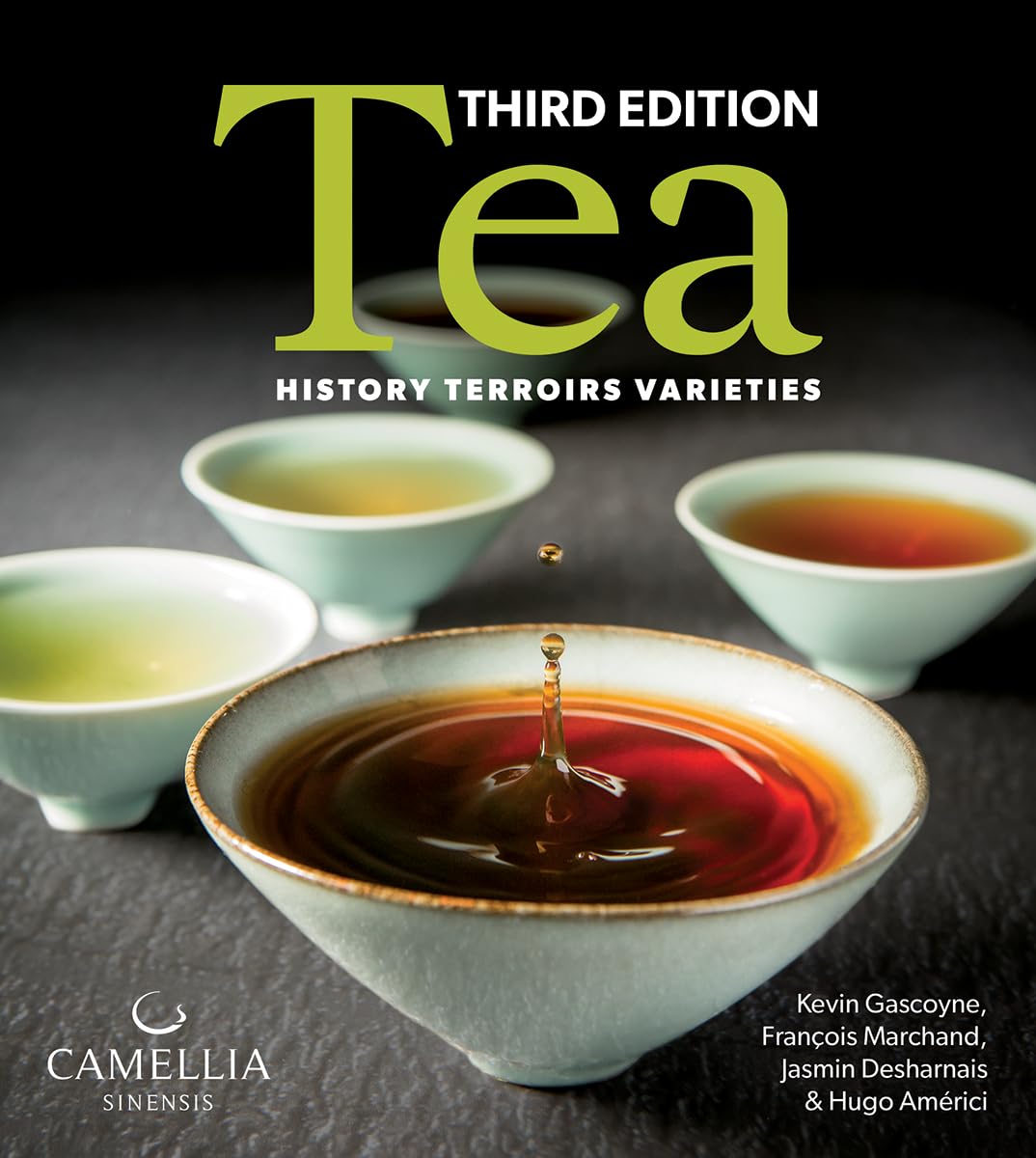Sri Lanka, renowned for its world-famous Ceylon tea, boasts seven unique tea-growing regions. Each region’s distinct climate, elevation, and soil conditions impart a signature character to the teas produced there. From the high-altitude estates of Nuwara Eliya to the lowland plantations of Ruhuna, Sri Lanka offers a remarkable diversity of flavors and profiles that cater to a wide range of palates.
Here’s an in-depth look at the seven tea regions of Sri Lanka and what makes each one special.
1. Nuwara Eliya
“The Champagne of Teas”
- Elevation: 1,800–2,200 meters (6,000–7,200 feet)
- Flavor Profile: Light, delicate, and floral, often compared to champagne.
- Climate: Cool and misty, with significant temperature variations.
- Special Characteristics:
- Known for producing the finest high-grown Ceylon teas.
- The teas have a bright, golden liquor and a subtle, fragrant flavor.
- Famous Estates: Lover’s Leap, Pedro, and Labookellie.
2. Dimbula
Balanced and Mellow
- Elevation: 1,100–1,700 meters (3,600–5,600 feet)
- Flavor Profile: Rounded and mellow, with a hint of citrus and a brisk finish.
- Climate: Alternating seasons of monsoon rains and dry weather.
- Special Characteristics:
- The teas have a golden-orange liquor and a smooth, balanced flavor.
- Ideal for blending, often featured in English Breakfast teas.
- Famous Estates: Somerset, Craighead, and Kotagala.
3. Uva
Unique and Aromatic
- Elevation: 900–1,500 meters (3,000–5,000 feet)
- Flavor Profile: Distinctly woody, with hints of menthol and spice.
- Climate: Dry winds during the northeast monsoon season.
- Special Characteristics:
- Produces teas with a unique flavor prized for blending.
- A favorite among tea connoisseurs for its rare, aromatic quality.
- Famous Estates: Aislaby, Court Lodge, and Halpewatte.
4. Kandy
Rich and Full-Bodied
- Elevation: 600–1,200 meters (2,000–4,000 feet)
- Flavor Profile: Strong and full-bodied with a robust character.
- Climate: Moderately warm and humid.
- Special Characteristics:
- As one of the earliest tea-growing regions, Kandy has a historical significance in Sri Lanka’s tea industry.
- Ideal for those who prefer bold, malty teas.
- Famous Estates: Hanthana, Galaha, and Madulkelle.
5. Ruhuna
Dark and Intense
- Elevation: Below 600 meters (2,000 feet)
- Flavor Profile: Strong, rich, and malty, with a darker liquor.
- Climate: Warm, humid, and tropical.
- Special Characteristics:
- Known for low-grown teas with a bold, full-bodied flavor.
- Often used in teas intended to be enjoyed with milk and sugar.
- Famous Estates: Akuressa, Deniyaya, and Ratnapura.
6. Sabaragamuwa
Smooth and Earthy
- Elevation: 600–900 meters (2,000–3,000 feet)
- Flavor Profile: Smooth, earthy, and slightly sweet with a hint of caramel.
- Climate: Warm and humid with consistent rainfall.
- Special Characteristics:
- Produces teas with a reddish liquor and a soft, balanced flavor.
- Popular for its versatile and approachable profile.
- Famous Estates: Balangoda, Wewesse, and Haputale.
7. Uda Pussellawa
Fruity and Floral
- Elevation: 900–1,500 meters (3,000–5,000 feet)
- Flavor Profile: Medium-bodied with fruity and floral notes.
- Climate: Similar to Uva but with more rainfall, producing a slightly softer tea.
- Special Characteristics:
- The teas have a subtle astringency balanced by fruity sweetness.
- Often compared to the teas of Uva but with a mellower character.
- Famous Estates: Maturata and Delta.
Conclusion
Sri Lanka’s seven tea regions showcase the incredible diversity of Ceylon tea, with each area offering a unique experience. Whether you prefer the delicate floral notes of Nuwara Eliya, the bold strength of Ruhuna, or the aromatic complexity of Uva, there is a Ceylon tea to suit every palate. Exploring teas from these regions not only deepens your appreciation for Sri Lanka’s rich tea heritage but also allows you to discover your own perfect cup.






